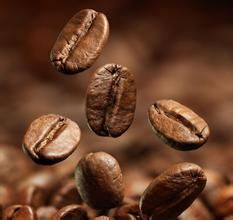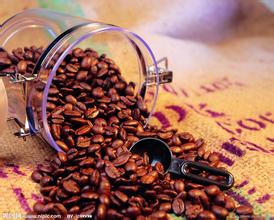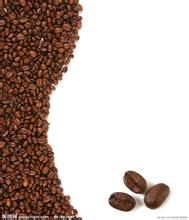Manning coffee processing method
Manning Coffee
Sellers often mark Lintong Lindong and Mandheling Manning coffee as dry. In fact, the pulp and coffee seeds are often separated by a variety of mixing modes, and the more common is a backyard wet treatment. The smart farmer put the freshly picked coffee cherries into a simple peeling machine made of scrap metal, wood and bicycle parts. Then put the peeled sticky beans in a plastic woven bag to ferment overnight. The next morning the soft pulp and slime that had been fermented were manually washed away. The silver-coated coffee is pre-dried on a sheet in the front yard and sent to the middleman's warehouse to remove the silver skin and further dry. Finally, the coffee was trucked to Port Medan in Medan, the capital of Sumatra, for the third and final drying. It is also reported that in other Mandheling Mantenin producing areas, after peeling, the sticky material is allowed to dry and attach to the beans, just like the semi-washing treatment in Brazil. Then use a machine to remove the sun-dried sticky and silver skin. Finally, it goes through the same two-stage drying, first in the middleman's warehouse and then in the exporter's warehouse in Medan's port of Medan.
The processing process and Sumatran characteristics. I describe these treatments in such detail because it is not clear how the soil and atmosphere and the unusual treatment techniques and the three-stage drying each affect the formation of the characteristics of Lindong and Manning coffee. Only one thing is certain. These treatments occasionally produce excellent coffee and are extremely unstable. Only by the merciless selection in the Medan port exporter's warehouse can we ensure that the deep texture of Lintong Lin Dong and Mandheling Mantenin and the unique and low-key rich taste can emerge from the interference of other smells.

Important Notice :
前街咖啡 FrontStreet Coffee has moved to new addredd:
FrontStreet Coffee Address: 315,Donghua East Road,GuangZhou
Tel:020 38364473
- Prev

Coffee bean production methods Coffee producing areas
The most sensible and practical way to understand coffee-producing countries is to classify them into the world's three major coffee growing regions: Africa, Indonesia and Central and South America. Generally speaking, coffee grown in the vicinity has similar characteristics. If a particular bean is out of stock, the manufacturer and buyer of the comprehensive product will usually look for a nearby country. People who make comprehensive products will say: I think
- Next

Costa Rican coffee producing place
This coffee producer, with all grades and types of coffee, accounts for 1/3 of the global consumption and accounts for a share of the global coffee market, although the natural disasters faced by Costa Rica are several times higher than those in other regions. but its arable area is enough to make up for it. There are many kinds of coffee here, but its industrial policy is abundant and cheap, so it is excellent.
Related
- Does Rose Summer choose Blue, Green or Red? Detailed explanation of Rose Summer Coffee plots and Classification in Panamanian Jade Manor
- What is the difference between the origin, producing area, processing plant, cooperative and manor of coffee beans?
- How fine does the espresso powder fit? how to grind the espresso?
- Sca coffee roasting degree color card coffee roasting degree 8 roasting color values what do you mean?
- The practice of lattes: how to make lattes at home
- Introduction to Indonesian Fine Coffee beans-- Java Coffee producing area of Indonesian Arabica Coffee
- How much will the flavor of light and medium roasted rose summer be expressed? What baking level is rose summer suitable for?
- Introduction to the characteristics of washing, sun-drying or wet-planing coffee commonly used in Mantenin, Indonesia
- Price characteristics of Arabica Coffee Bean Starbucks introduction to Manning Coffee Bean Taste producing area Variety Manor
- What is the authentic Yega flavor? What are the flavor characteristics of the really excellent Yejasuffi coffee beans?

